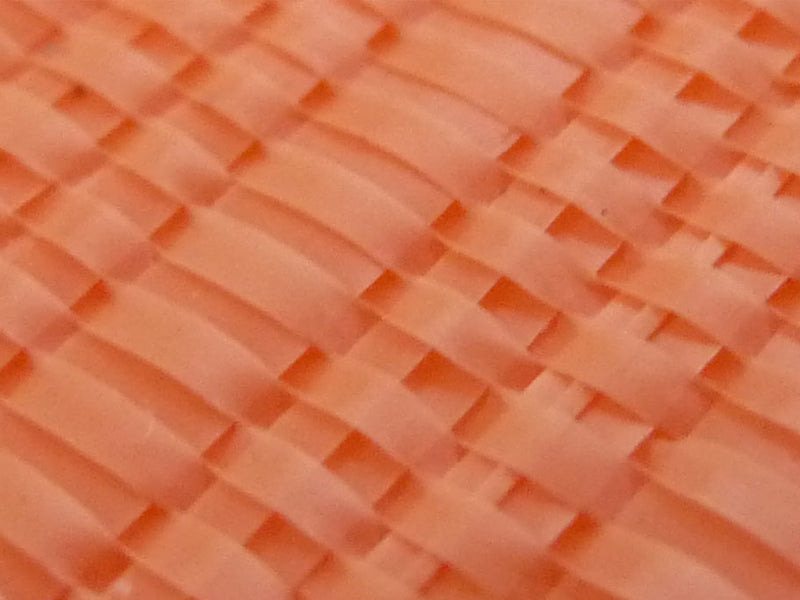
Ask us on live chat

This bright orange geotextile acts as both a physical separator and a visual warning marker during groundworks. It’s designed to identify and contain hazardous soils in land reclamation and other civil engineering projects.
Used widely in construction, brownfield development, and industrial remediation, this membrane prevents cross-contamination while helping future contractors spot buried hazards.
| Property | Test Method | Unit | Value |
|---|---|---|---|
| Tensile Strength (MD) | EN ISO 10319 | kN/m | 10 |
| Tensile Strength (XD) | EN ISO 10319 | kN/m | 9 |
| Elongation at Break (MD) | EN ISO 10319 | % | 22 |
| Elongation at Break (XD) | EN ISO 10319 | % | 15 |
| CBR Puncture Resistance | EN ISO 12236 | N | 1500 |
| Cone Drop Penetration | EN 13433 | mm | 18 |
| Water Permeability (VIH50) | EN ISO 11058 | m/s | 0.010 |
| Water Flow Rate | EN ISO 11058 | l/m²/s | 10 |
| Pore Size (90% finer than) | EN ISO 12956 | microns | 220 |
| UV Resistance | — | — | UV Inhibitor |
| Roll Size | — | m | 4.5 x 100 |
| Material | — | — | Woven PP |
| Colour | — | — | Bright Orange |
It’s designed to separate contaminated and clean soil layers while warning future excavators of hidden hazards.
Yes. It contains UV inhibitors, making it suitable for short-term surface exposure prior to burial.
Lay the membrane flat over the contaminated area, overlapping joints where necessary. It should be covered within two weeks of installation.
Yes, it’s designed to handle moderate stress levels typical of civil site preparation.
The orange colour provides an unmistakable warning marker, reducing health and safety risks during future digs.